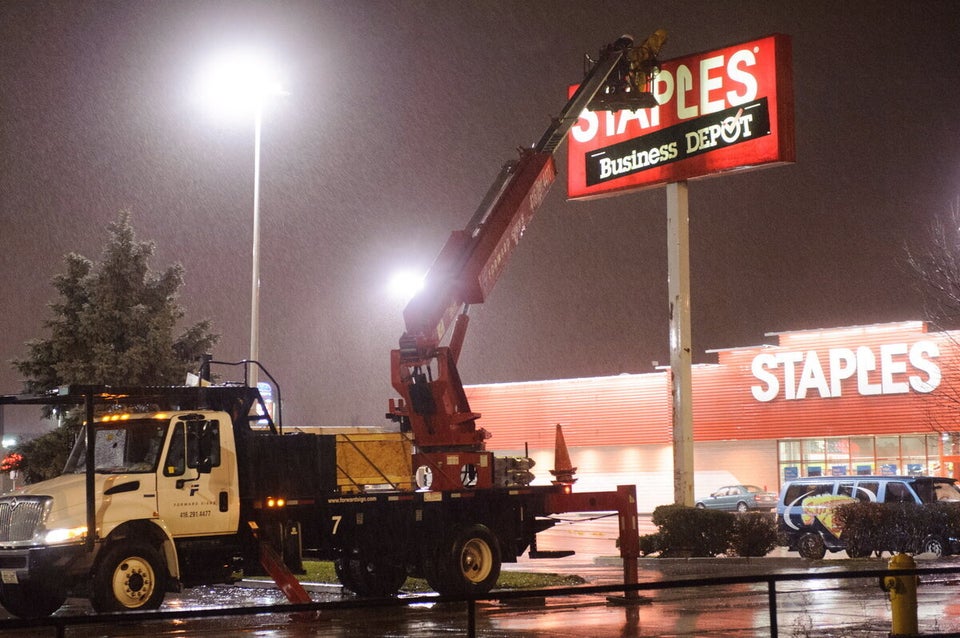With Hurricane Sandy happening, the Wall Street Journal and New York Times took down their paywalls.
Unbiased media is a public service. Still, it is one that we pay for. Whether it is a subscription to the local newspaper or access to cable on television, media isn't ever truly free. We pay for the devices to access media, we pay for connectivity and we pay for enhanced services.
The challenge is that the Internet isn't just a media channel, is it? With more and more connected people (think about mobile devices being more prevalent than safe drinking water and bank accounts), the Web is edging ever closer to a basic, public service than a container for YouTube videos or New York Times editorials. It's going to be a challenge to figure out how to get information to spread as widely as possible and with more and more countries claiming Internet access as a basic human right, it will be interesting to see how paywalls play out.
BLOG CONTINUES BELOW SLIDESHOW
Is the Internet a Basic Human Right or Just Another Media Channel?
There are two perspectives to the taking down of a paywall:
- The altruist might think that the New York Times, Wall Street Journal and others are helping the masses with a public service. This enables all of us to have a certain quality control over the content we consume online about Hurricane Sandy (still, after nearly two decades of commercialization for the Internet, we trust traditional major publishers over the local blogger). We turn to these traditional and trusted sources for the most accurate and up-to-the-date information.
- The cynic might see a very different picture. As more and more readers flock to websites like New York Times and Wall Street Journal, these businesses have the unique opportunity to capitalize on all of that attention by selling their digital advertising at a more premium price and -- at the same time -- they're able to serve a lot more of those ads.
Yes, newspapers (and other media channels) make a lot of advertising revenue when consumers are glued to their channels. This is one of the key factors that makes weather networks (both traditional and online) so financially successful. On top of that, tearing down the paywalls during times that are so highly trafficked enables these media outlets to offer a "free preview" of what consumers could be missing if they are not already subscribed. Online media properties are hoping that people get hooked and addicted to their service, so that when the paywalls go back up, they can capture more full-time subscribers.
It's A Soft Sale
There is nothing wrong with media companies building strong revenues and there is no doubt that the more precarious the news is, the more likelihood that there will be interest by the public. What makes this situation both unique and different is how easily technology enables information to be free and shareable or locked down and private. With a flick of the switch these massive publishers control access to information. We can debate the good and the bad of this, but what is important is how instant the access is... or isn't.
In a sense, media companies are newsjacking their own content in an attempt to build brand loyalty and a larger user base. Part of the dynamics of this shift also happens because technology enables systems like real-time bidding for advertisers.
So, while everyone is waiting in lines for non-perishables at Whole Foods and trying to stock up on flashlights and Doritos, advertisers are lining up to buy premium advertising rates, and the publishers are are opening up the funnel to serve as many of those ads as they digitally can to keep the revenue pumping in at a fast, furious and expensive pace.
Call it an advertising hurricane.
Mitch Joel is president of Twist Image -- an award-winning digital marketing agency. His first book, Six Pixels of Separation, named after his highly-successful blog and podcast of the same name is a business and marketing bestseller. His next book, CTRL ALT DEL, will be published in Spring 2013.

